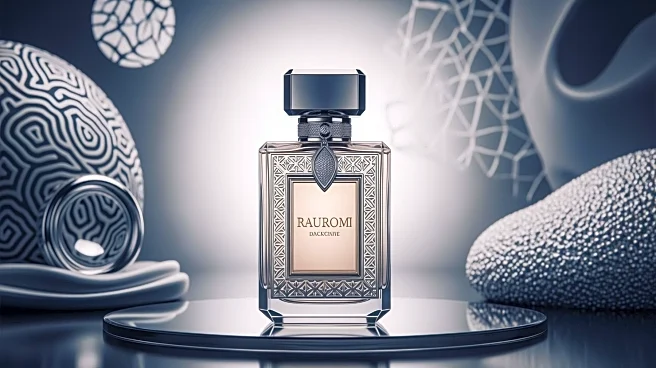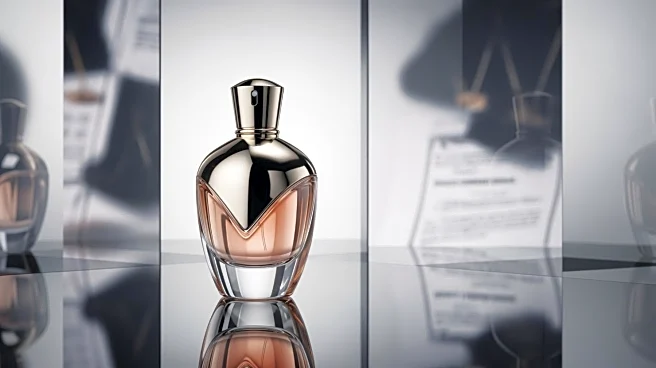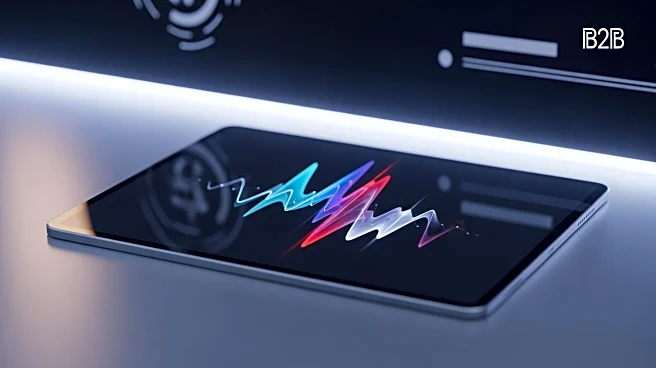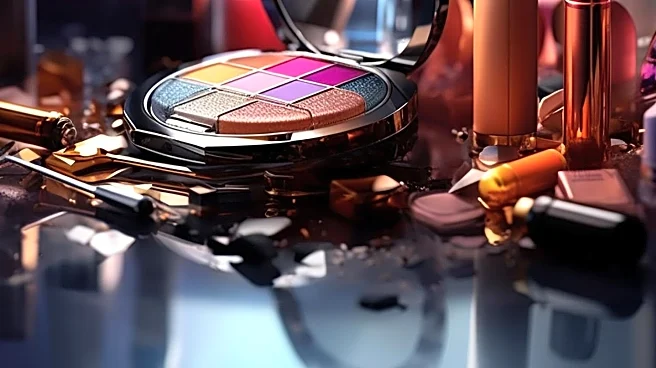What's Happening?
The European Union Intellectual Property Office (EUIPO) has rejected Dior's claims that the shape of its cosmetic packaging serves as a primary brand-signaling tool due to social media influence. Dior argued
that the aesthetic design of its packaging is recognized by consumers as a brand identifier, driven by its presence in social media and influencer content. However, the EUIPO's Fourth Board of Appeal found that Dior failed to provide sufficient evidence that consumers associate the packaging shape with the brand, independent of logos or other branding elements. The decision reflects a broader trend where marketing assertions about packaging distinctiveness must be supported by empirical evidence.
Why It's Important?
This decision underscores the challenges brands face in securing trademark protection for packaging designs in the digital age. As social media increasingly influences consumer perceptions, companies like Dior are attempting to leverage aesthetic appeal as a trademark. However, the EUIPO's requirement for concrete evidence of consumer association highlights the gap between marketing strategies and legal standards. This ruling may impact how beauty brands approach packaging design and trademark applications, emphasizing the need for data-driven evidence to support claims of distinctiveness.
What's Next?
Brands seeking trademark protection for packaging designs will need to conduct consumer surveys and market analyses to demonstrate that their packaging serves as a source identifier. Dior and other companies may need to adjust their strategies, focusing on gathering empirical evidence to support their claims. The decision may also prompt discussions within the beauty industry about the role of social media in shaping consumer perceptions and the legal implications of these shifts.
Beyond the Headlines
The EUIPO's decision highlights the tension between marketing practices and legal frameworks in the luxury sector. While social media has transformed how consumers interact with brands, the legal system requires clear evidence of consumer perception to grant trademark protection. This case illustrates the complexities brands face in navigating the intersection of aesthetics, consumer behavior, and intellectual property law.











